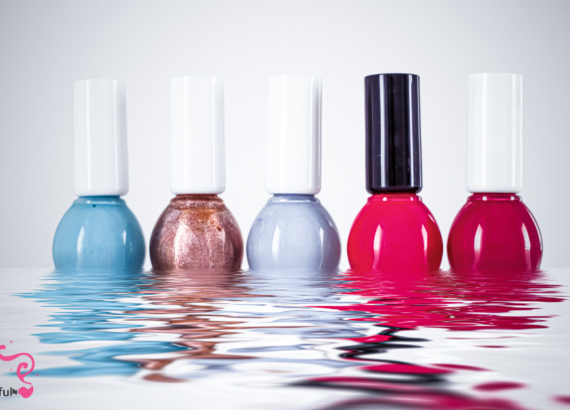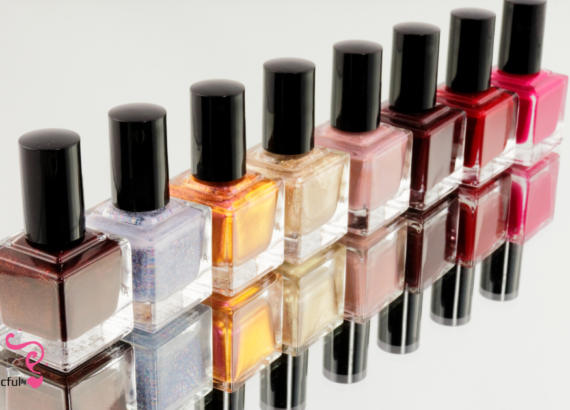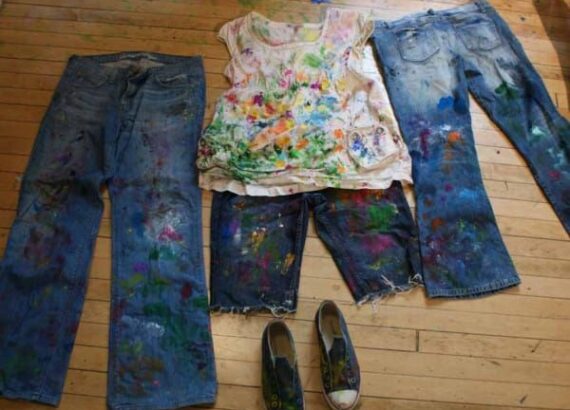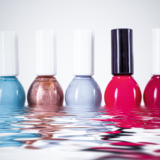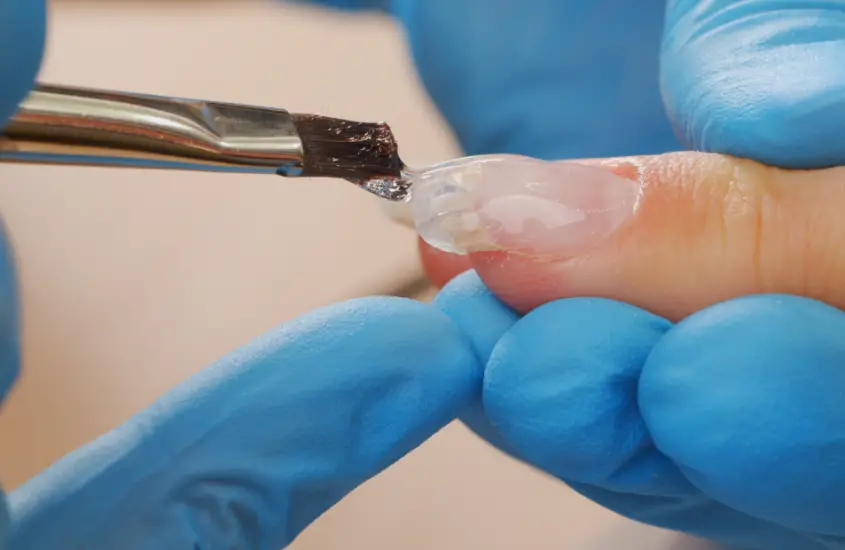Which acrylic colors are transparent, and how do you make them?

Acrylic paints provide artists with a wide range of possibilities, including the ability to experiment with transparency. Transparent acrylic colors allow light to pass through, giving a painting depth and visual interest. In this blog post, we’ll delve into the world of transparent acrylic colors, look at some popular options, and learn how to make them.
I. Understanding Transparent Acrylic Colors:
Transparent acrylic colors are pigments that allow light to pass through them, giving them a translucent appearance. When applied to a surface, they reveal underlying layers and add depth to artwork. These hues are ideal for glazing, washes, and layered effects. Artists can achieve stunning visual effects and increase the depth and complexity of their paintings by incorporating transparent acrylic colors into their work which provide a versatile tool for artists to explore and experiment with in their artistic endeavors, whether it’s adding depth to landscapes or creating luminosity through glazing techniques.
II. Popular Transparent Acrylic Colors:
Let’s take a closer look at some widely used transparent acrylic colors:
a. Phthalo Blue (Green Color):
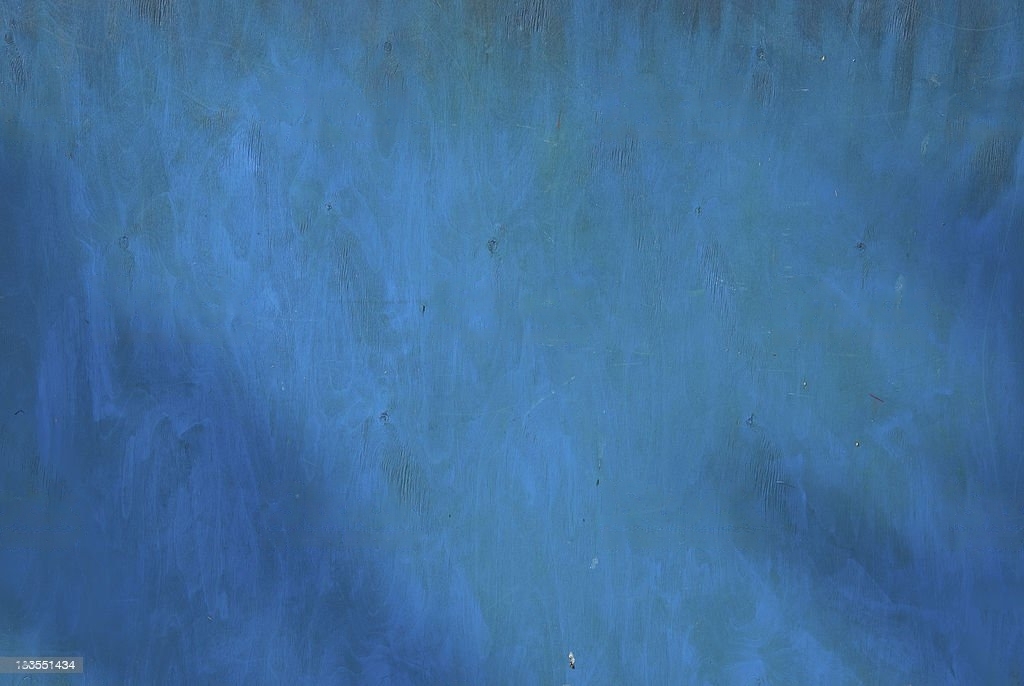
This vivid blue with a green undertone is extremely transparent. Because of its transparency, it is ideal for creating water-like effects and adding depth to landscapes.
b. Phthalo Green (Blue Color):

This green color is transparent with a blue undertone and can be used to create foliage, shadows, or underwater scenes. Its transparency makes layering and glazing techniques simple.
c. Magenta Quinacridone:
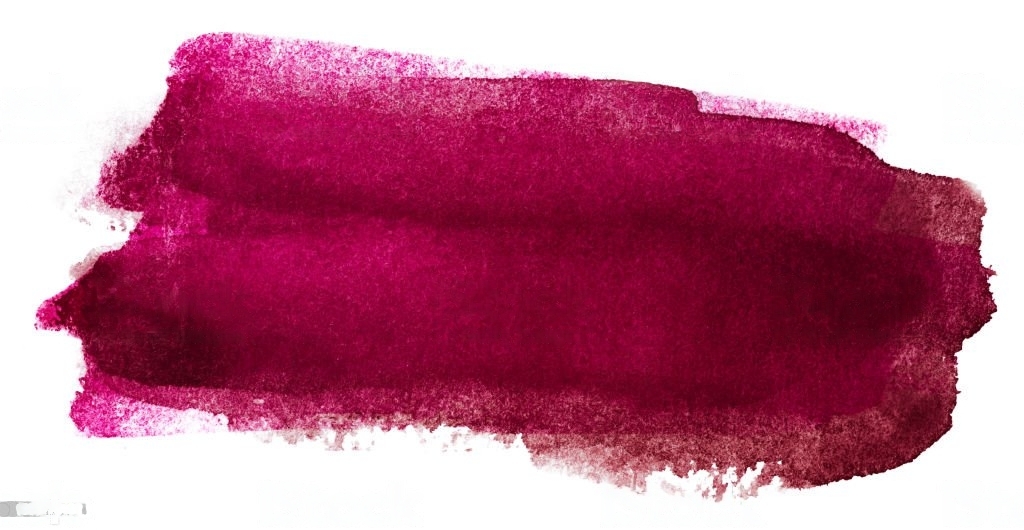
Quinacridone Magenta is a vibrant magenta color that is both intense and transparent. It is frequently used by artists for glazing and creating rich, transparent hues in floral or abstract paintings.
d. Red Iron Oxide, Transparent:

This warm, transparent red is frequently used in landscapes and figurative works. It’s great for adding depth to shadows, creating glazing effects, and enhancing warm tones.
e. Yellow Transparent Iron Oxide:
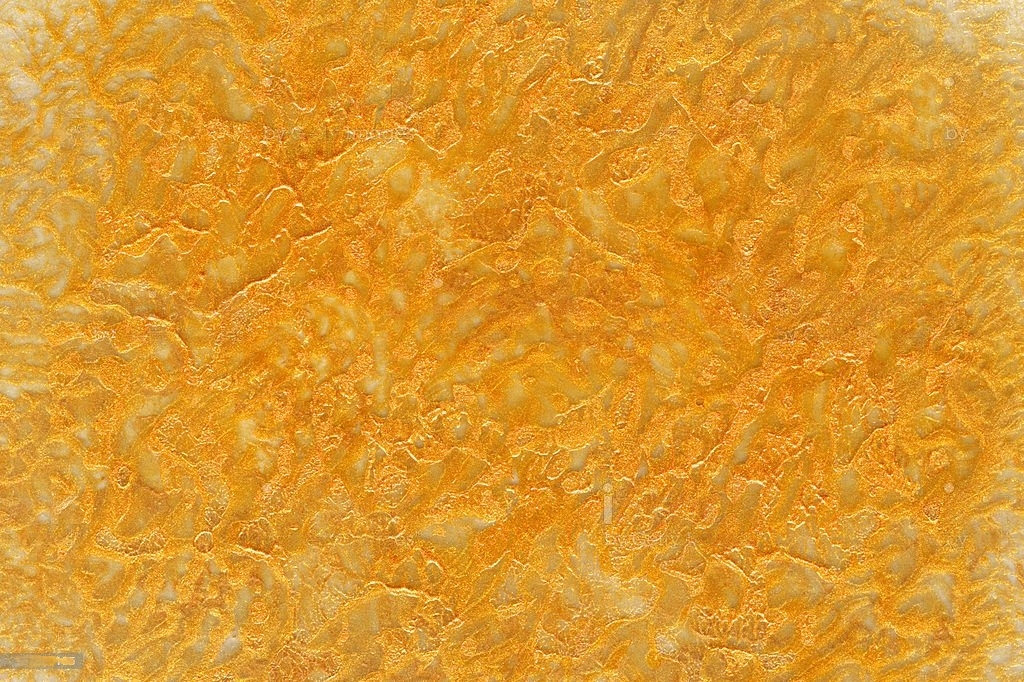
This color adds brightness and warmth to artworks with its warm, transparent yellow hue.
It is frequently used for glazing or adding light to landscape and still life paintings.
III. Creating Transparent Acrylic Colors:
Follow these simple steps:
a. Begin with your desired acrylic paint color.
b. Mix in a small amount of a transparent or translucent medium to the paint.
c. The amount of medium used will vary depending on the level of transparency desired.
d. Thoroughly combine the paint and medium in the mixing bowl.
e. Experiment with various ratios until you achieve the desired level of transparency.
While this technique improves transparency, it may not work with all colors because some pigments are naturally opaque.
IV. Exploring the Possibilities:
Transparent acrylic colors offer artists a myriad of possibilities. Here are some ways to incorporate them into your artwork:
a. Layering and Depth:
- To add depth and a sense of space, use transparent colors in thin layers.
- Use them to reveal underlying layers in your painting, adding complexity and dimension.
b. Glazing and Waxing:
- Transparent colors work well with glazing techniques.
- To create luminosity and subtle color variations, apply thin, transparent layers over dried paint.
- They can be used to create atmospheric effects or soft transitions.
c. Color Mixing:
- Transparent colors can be combined with other transparent or opaque colors to produce interesting results.
- Experiment with various color combinations to achieve rich, translucent hues.
Conclusion:
Transparent acrylic colors open up a world of creative possibilities, allowing artists to play with depth, layering, and luminosity in their artworks. By understanding the characteristics of transparent colors and learning how to create them, artists can enhance their painting techniques and create captivating visual effects. So, go ahead, experiment with these colors, and unlock new dimensions in your acrylic paintings!
